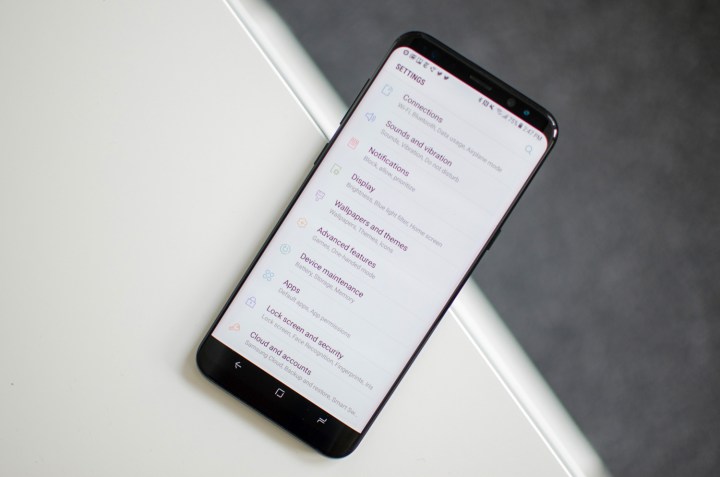
Such a move would add fuel to the bezel-free fire that’s swept the mobile industry. The Xioami Mi Mix 2, the successor to last year’s Mi Mix, boasts a 93-percent screen-to-body ratio. And both ZTE’s Nubia Z11 and Oppo’s R9s both screen-to-body ratios above 74 percent.
A wraparound screen design is one LG, Samsung’s chief rival, is said to have pursued. LG Display, its screen design arm, supplies the curved screens for Xiaomi’s Mi Note 2, and is rumored to be ramping up curved-screen production for the LG V30, the successor to the LG V20.
Samsung’s next-gen screen isn’t feasible yet, though, and the problem lies in the company’s current lamination process. Wrapping the screen on all four sides of the phone could create a “blind spot” on each corner, according to ETNews, meaning they wouldn’t respond to touch.
Samsung isn’t the only manufacturer stymied by lamination difficulties. Apple, which is rumored to be considering a curved OLED screen for the next iPhone, might stick with a flat model as a result of production setbacks. Reports suggest it’s working with Samsung Display, a Samsung subsidiary and Apple’s display supplier, to develop a fix.
The design’s challenges might motivate Samsung to go another route: a flexible screen. In February 2017, the company was granted a patent on a device with a foldable display, a mechanical hinge in the middle, and a screen that folds inwards. And as far back as March 2015, Samsung was rumored to have been working on a curved smartphone with a bendable display.
Those plans appear to be on track. In early January, reports emerged that the company was prepping a foldable smartphone for the third quarter of 2017, albeit contingent on “marketability” and “profitability.” And last year at the SDI conference in San Francisco, Samsung showed a flexible 5.7-inch, 1080p display that could roll up like a scroll.
LG, too, is said to be working on flexible devices. Reports suggest that it’s preparing to commercially release devices with flexible screens later this year, and that it has already started retrofitting one of its factories with the infrastructure needed to mass produce a flexible-display device.
Editors' Recommendations
- Google may finally merge Android and ChromeOS after all
- Samsung may have a big surprise in store with its next folding phone
- Look who just replaced Samsung as king of the global smartphone market
- Your next Samsung phone might ditch Google Search for Bing
- Why the $450 Samsung Galaxy A54 may be 2023’s most savvy smartphone buy

